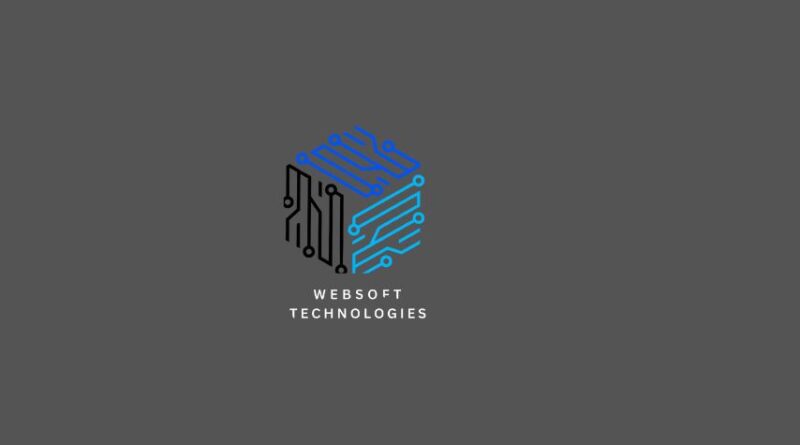App Development: Transforming Ideas into Innovative Solutions
App Development: Transforming Ideas into Innovative Solutions
App development is a dynamic and evolving field that plays a crucial role in today’s technology-driven world. It involves creating software applications designed to run on mobile devices, desktops, or other platforms. From concept to launch, app development encompasses various stages and processes that turn innovative ideas into functional and user-friendly applications. Here’s an in-depth look at app development, including its key aspects and best practices.
Understanding App Development
App development is the process of designing, creating, testing, and maintaining software applications. These applications can be native, web-based, or hybrid, and are built to perform specific tasks or provide particular services. The development process typically involves planning, coding, testing, and deployment.
Types of Apps
- Native Apps: Developed for specific platforms (iOS or Android) using platform-specific programming languages (Swift for iOS, Kotlin for Android). Native apps provide the best performance and user experience but require separate development for each platform.
- Web Apps: Accessed through web browsers and built using standard web technologies like HTML, CSS, and JavaScript. Web apps are platform-independent and offer a consistent experience across devices.
- Hybrid Apps: Combine elements of both native and web apps. They are developed using web technologies and then wrapped in a native container, allowing them to be installed on devices and access native features.
The App Development Process
- Idea and Conceptualization: The initial stage involves brainstorming and defining the app’s purpose, target audience, and key features. This phase includes market research to understand user needs and competitive analysis.
- Planning and Strategy: In this phase, developers outline the app’s functionalities, design specifications, and development timeline. A detailed project plan is created, including wireframes and prototypes.
- Design: App design focuses on creating a user-friendly interface and experience (UI/UX). Designers work on wireframes, mockups, and prototypes to visualize the app’s layout and interactions.
- Development: The coding phase where developers write the app’s source code based on the design and functional requirements. This phase involves both front-end (user interface) and back-end (server-side) development.
- Testing: Testing is crucial to ensure the app functions correctly and is free of bugs. Different types of testing, including unit testing, integration testing, and user acceptance testing, are conducted to validate the app’s performance and usability.
- Deployment: Once the app passes testing, it is deployed to app stores (such as Google Play or Apple App Store) or made available through other distribution channels. This phase includes preparing the app for launch and submitting it for approval.
- Maintenance and Updates: Post-launch, ongoing maintenance is required to fix bugs, update features, and ensure compatibility with new operating system versions. Regular updates help improve the app and address user feedback.
Key Technologies in App Development
- Programming Languages: Popular languages include Swift and Objective-C for iOS development, Kotlin and Java for Android development, and JavaScript frameworks (such as React Native and Flutter) for cross-platform development.
- Development Frameworks: Frameworks like React Native, Flutter, and Xamarin allow developers to build cross-platform apps using a single codebase, saving time and resources.
- APIs (Application Programming Interfaces): APIs facilitate communication between the app and external services or databases. They enable functionalities like payment processing, social media integration, and data retrieval.
- Cloud Services: Cloud platforms (such as AWS, Google Cloud, and Azure) offer scalable infrastructure and services for hosting, data storage, and backend processing, supporting the app’s functionality and performance.
Best Practices in App Development
- Focus on User Experience (UX): Prioritize creating a seamless and intuitive user experience. User-friendly design, easy navigation, and responsiveness are essential for user satisfaction.
- Ensure Security: Implement robust security measures to protect user data and prevent unauthorized access. Follow best practices for data encryption, secure authentication, and compliance with regulations.
- Optimize Performance: Optimize the app’s performance by minimizing load times, reducing resource consumption, and ensuring smooth interactions. Performance optimization enhances user experience and engagement.
- Follow Agile Methodology: Adopt agile development practices to enable iterative development and continuous improvement. Agile methodologies facilitate flexibility, collaboration, and quick adaptation to changes.
- Conduct Thorough Testing: Perform comprehensive testing to identify and fix bugs, ensure compatibility across devices, and validate the app’s functionality. User feedback during testing can provide valuable insights for improvements.
- Plan for Scalability: Design the app with scalability in mind to handle increasing user demands and traffic. Scalable architecture and cloud services support future growth and expansion.
Conclusion
App development is a multifaceted process that transforms innovative ideas into functional applications. By understanding the different types of apps, following a structured development process, leveraging key technologies, and adhering to best practices, developers can create high-quality apps that meet user needs and drive success. Whether developing a native, web, or hybrid app, focusing on user experience, security, and performance is essential for delivering a successful and impactful application.
